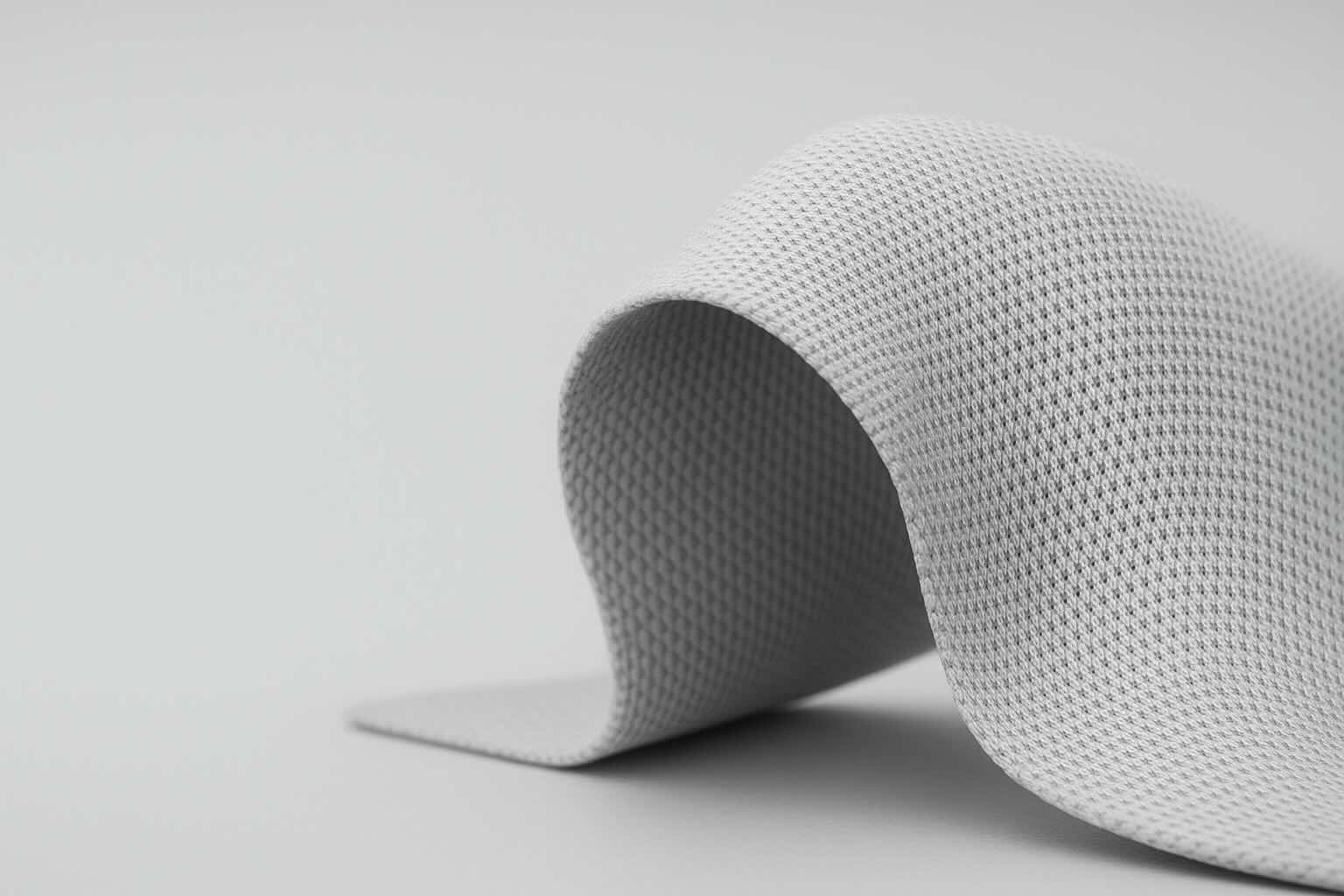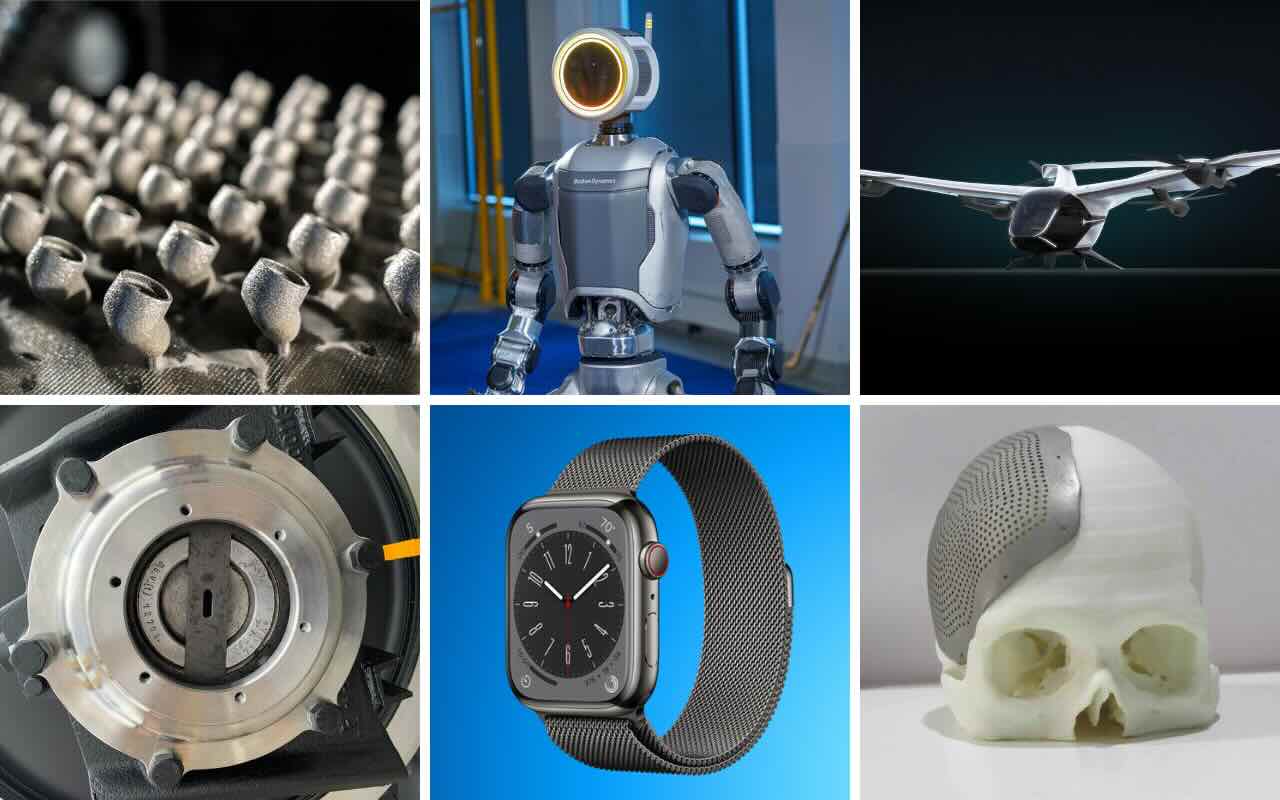
3D printing can be messy and frustrating at times, especially DIY and desktop 3D printers. Some people struggle with these entry-level printers and lose interest. But this does not mean these isn’t a better way to work with 3D printers. OctoPrint software can make your life easier. If you are not aware of what is OctoPrint, then you should go through this article.
This article will provide you with a comprehensive overview of the software, how to set it up and the benefits to use it.
What is OctoPrint Software?
For those who are unfamiliar, OctoPrint is the best open-source software for remote monitoring and controlling your 3D printer. The software provides users with access to a variety of features not typically found in entry-level printers.
It is far more than just monitoring software. In fact, it enables users to control multiple printers, monitor them easily, schedule print jobs, slice models on the cloud, read g-codes, create the popular and literally viral timelapse videos (dubbed Octolapse), and much more.
What makes OctoPrint even better is that it is completely free. As a result, whether you are a hobbyist, enthusiast, or student, you can easily use and benefit from the software to improve your 3D printing capabilities.
Top 5 benefits of OctoPrint?
Wireless Printing
Wireless printing is not available in any entry-level 3D printer. It is one feature that can remove a significant barrier for most users. The constant struggle of successfully printing a part is very real. It happens all the time that you upload the g-code of a model to an SD card and then input it to the printer, only to discover that the part is not printing well or has some issues, so you take out the SD card from your printer, insert it to your computer, modify the g-code and then upload it to the SD card and load it in the printer again. This can literally go on for a long time, discouraging enthusiasts.
As previously stated, the simple solution is unfortunately not available on a low-cost 3D printer. However, OctoPrint provides a great solution.
In simplistic terms, OctoPrint is installed on the Raspberry Pi, a pocket-sized computer that is linked to the 3D printer. This Raspberry Pi chip has wireless capabilities, which you can utilise to enable your 3D printer to receive files wirelessly. Thus you can immediately begin wirelessly controlling your 3D printing.
This is such a liberating experience that you will always love 3D printing and look forward to the next print, rather than the dreadful feeling of endless back-and-forth between computer and 3D printer.
Remote Access from Anywhere
With wireless printing, you can control your 3D printer from anywhere within your local network, but imagine being able to control your 3D printer from anywhere in the world. Won’t this be a superpower? Well, this is precisely what OctoPrint software provides through remote access feature.
You can easily control your 3D printer using a variety of plugins that are not only free but also simple to set up and secure from hacking attacks.
Such functionality is provided by plugins such as Obico for OctoPrint, OctoEverywhere, and others.
Live Streaming
OctoPrint does more than just control your 3D printer; with its Live Streaming feature, you can even watch the 3D printing process in real time from any device. Simply connect a camera (RPi camera, webcam, or DSLR) and watch the live streaming from anywhere.
This can be accessed from any computer, tablet, or smartphone.
Octolapse
We’re sure you’ve seen the viral videos of parts growing from a print bed. If you’re curious about how those videos are captured, you should learn about Timelapse and Octolapse.
Octolapse is a plugin for making timelapse videos. Essentially, after printing each layer, the printhead moves out of the camera frame, and the camera takes a picture. This is repeated for each layer until the print is finished. Finally, the plugin stitches these images together to form the video.
300+ plugins
You may have guessed by now that OctoPrint has limited features on its own, but the plugins are its main strength. You can improve your 3D printing output, make the overall experience more enjoyable, and fall in love with 3D printing by using the right plugin.
You saw what a few plugins can do in the preceding examples; now imagine 300+ such plugins. With so many plugins, and many more developed regularly, you can always expect the best output from your 3D printer.
Not convinced yet? Read 10+ reasons to use OctoPrint.
What are OctoPrint Plugins?
OctoPrint plugins are extensions to the original OctoPrint software that enable various functionalities and features to make 3D printing better, easier, and more enjoyable. These can be considered similar to the applications found on your smartphones. They add features to the OS of the phone and likewise, some are free, some are not, but they are all quite useful.
Because the plugin repository is open-source, any developer can create a plugin and publish it. Over the last decade, the community has produced over 300 plugins that improve the 3D printing experience. These primarily address a widespread problem of inconvenience or a new feature found primarily in premium and expensive printers.
You can install relevant plugins based on your usage and requirements. If you are a new user, our list of the Best OctoPrint Plugins for beginners will come in handy. And if you’ve been using OctoPrint for a while, you might find our list of Best OctoPrint Plugins for advanced users interesting, as we’ve included some unique plugins.
How to Setup OctoPrint?
The OctoPrint software installation is simple. For those who are completely new to 3D printing and the Raspberry Pi, this may appear slightly complicated, but don’t worry, just follow along with this guide and it’ll be a breeze.
Hardware Requirements

- Raspberry Pi: According to OctoPrint, 3B+, and 4B are ideal to run the software, however, 3A+ an 3B are also quite good. Other Raspberry Pis, than those mentioned earlier, are compatible, but OctoPrint no longer supports them. As a result, you should avoid using other Pi devices.
- USB power cord & USB printer cord: A 5.1 volt power supply is required for all Raspberry Pi models. As a result, a power cord is required. A second USB cable is required to connect the Raspberry Pi to the printer. So keep that in mind as well.
- SD card: You can buy a compatible SD card depending on the RPi model you choose. An 8-GB card is sometimes sufficient, but in most cases where you will be creating timelapse videos, you should use at least a 16-GB card, if not more.
- Webcam: This is not required for OctoPrint setup, but if you are using OctoPrint, you might as well take advantage of its full advantage of it and use a webcam. You can connect three different types of cameras, but we recommend using a webcam because it is simple to set up, even for beginners.
Setup Process
OctoPrint installation is simple and consists of a few steps, which are detailed below.
Raspberry Pi Imager & Flashing OctoPi image

The first step in configuring OctoPrint is to obtain the Raspberry Pi imager from its official website. This software is available for Mac, Windows, and Ubuntu. Once downloaded, launch the imager and follow along as below:
- Click on Choose OS under the Operating System window. Here, select, Other specific purpose OS then select 3D Printing and in the next step choose OctoPi. This will help you select the latest image.
- Note that, by default, the password to SSH into your Octopi instance is raspberry and the username is pi. This is not very secure. You’ll want to change the password to prevent possible attacks from malicious users. So, for this, click on the gear icon to open advanced settings.
- Here, enable SSH and enter a secure password for the Raspberry Pi user. The username remains the same, pi, and the password will be the one you create.
- Next, you have to secure your WiFi connection. So, click on “Configure wireless LAN” checkbox and enter your network SSID, password, your country code.
- Now you just have to click ‘save’ to return back to the main window.
- Keep your empty SD card connected and on the main window, when it prompts to choose the storage location, choose the SD card.
- Lastly, click on ‘write’ and the OctoPi image will be downloaded and installed onto the SD card.
After installing the image, remove the SD card and connect it to the Raspberry Pi chip.
Pi Connections

Now that you have your Raspberry Pi ready, you must place it inside a case, if you have one, which we recommend you purchase or 3D print (you can easily download free STL files for 3D printing from online repositories).
Connect the printer, power, and webcam USB cables to the Raspberry Pi.
Setup User Interface
The last and final stage is to configure the OctoPrint user interface. Begin by connecting all of the cables to the 3D printer and turning it on.
- Open a web browser and navigate to http://octopi.local, which will take you to the OctoPrint login screen. Ascertain that your computer and Raspberry Pi are both connected to the same network.
- The link will take you to the OctoPrint interface and a configuration wizard. Even inexperienced users will find the instructions simple and easy to follow. Make sure to create an OctoPrint username and password. This will be different from the credentials you previously set up for Raspberry Pi.
- Finally, open the Connection panel on the left to connect to your 3D printer. Select “Connect” with the options set to “AUTO.”
With this you have successfully completed setting up OctoPrint. It is now ready to use and you can see all its features and functionalities.
What Next?

You can get started right away by uploading a 3D model, slicing it, and starting your print. However, if you’re using OctoPrint, the real fun is in the plugins. Take some time to investigate some plugins that can improve your 3D printing experience. Check out our list of the best OctoPrint plugins for beginners and install these plugins.
Installing plugins
To install any plugin, open the OctoPrint settings by clicking the wrench icon on the page.
- In the left panel, select ‘Plugin Manager,’ and then ‘Get More.’
- In the search bar, enter the name of the plugin you want to install.
- Click the ‘Install’ button beside the relevant plugin. Once the plugin is installed, the automated prompt will ask you to restart, which you should do immediately.
With this, you’re ready to get started with OctoPrint and enjoy 3D printing to the fullest!











